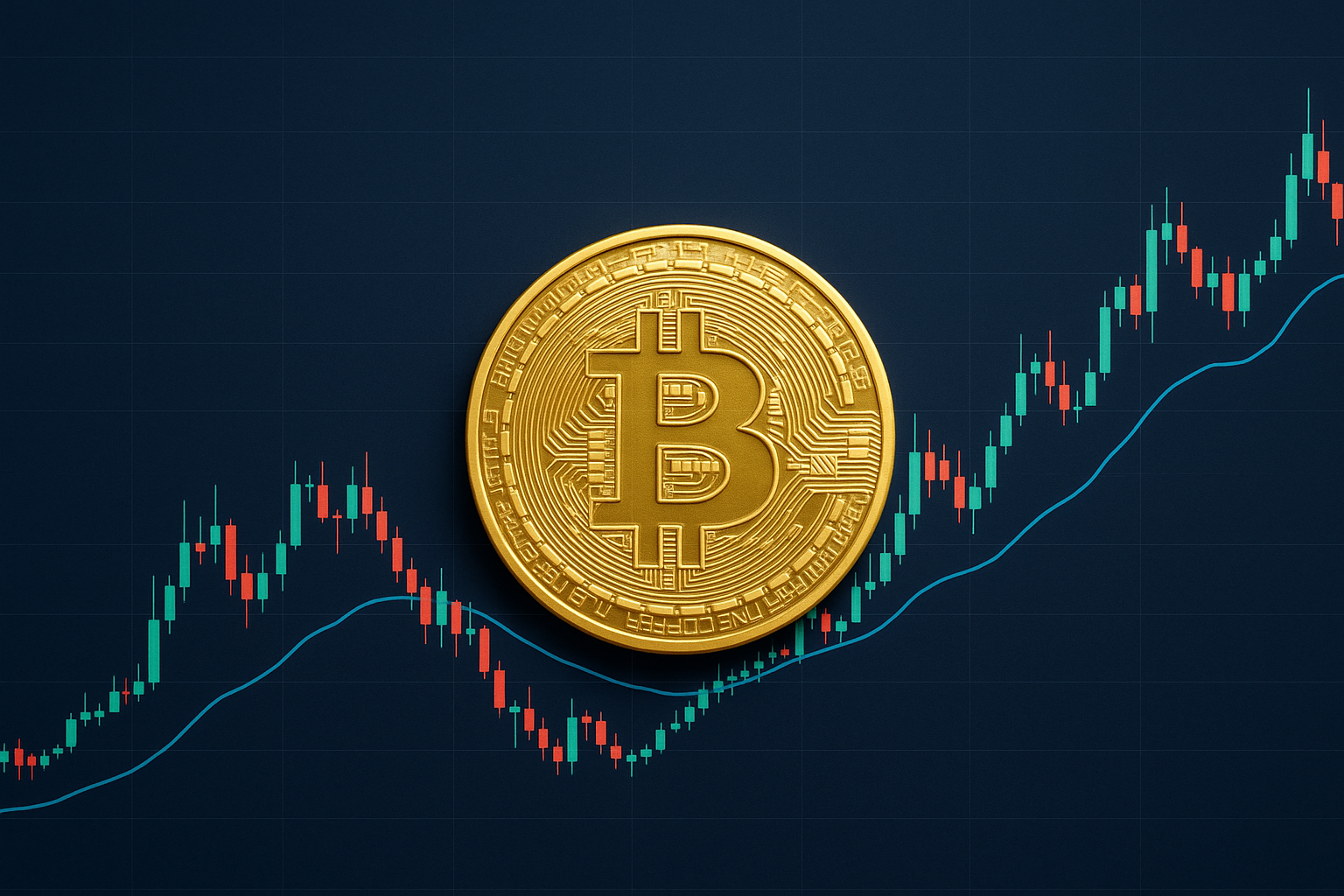The cryptocurrency market has been under persistent pressure throughout the first half of 2022, with investors and traders liquidating their exposure, with the expectations that prices are going to drop. In terms of global market capitalization, all tokens combined lost an aggregate of $2 trillion in valuation in the past six months, and now the question is whether the move could extend lower, or whether a strong technical bounce can be expected.
No excess liquidity
When interest rates were at record lows, borrowing money was affordable, creating excess liquidity in the economy. That pushed market participants further out of the ‘risk curve’ and the appetite for crypto was naturally higher.
Although several bear markets occurred during the past decade, the crypto market capitalization increased substantially. Now, however, financial conditions are changing and the excess liquidity is gradually being pulled out from the system due to a combination of fiscal and monetary policies, which does not favor crypto.
Tightening monetary policy
One of the main stories of the year has been the actions taken by global central banks. The Federal Reserve, the Bank of England and even the SNB hiked interest rates, signaling a commitment to fight high inflation, even if that implies softening economic conditions.
Rising interest rates mean new loans are becoming less attractive and older debt is refinanced at higher costs. When people face higher interest costs, they are naturally left with less capital to spend on goods/services or investments. Cryptocurrency trading witnesses a setback in such conditions.
Crypto projects going bust
As valuations dropped on crypto exchanges, as well as crypto derivative providers such as Easymarkets, several companies in the industry faced hardships. That has been the case with Terra, for example. This stablecoin tumbled – not to say collapsed – on the back of mass liquidations and limited capital available to meet demand for withdrawals.
The same goes with the popular crypto lending firm Celsius, which paused all account withdrawals in June 2022, raising concerns of liquidity issues in this case as well. Such cases are definitely not a sign of a crypto market rebound in the near future. Investors and traders are afraid that more such issues could occur as a result of the sharp drop in cryptocurrency valuations. The bottom line, which people often tend to forget, is that digital assets are still volatile instruments, mainly driven by speculative flows. As such, they are prone to react to market conditions just like all other asset classes.
Persistent selling or a dead-cat-bounce?
The bust of the crypto bubble continues and the selloff could exceed even the most pessimistic expectations. If financial conditions tighten further and central banks don’t show any sign of pivoting, the bear market still has legs to go.
However, a shift in the monetary/fiscal stance, as well as lower interest rates, may start to favor capital flows into riskier assets such as cryptocurrencies. People should keep in mind that it might take some time until central banks ease inflation policies, and plan their trading strategies in accordance.















